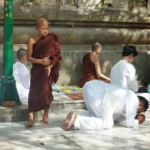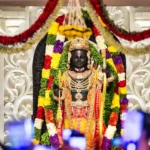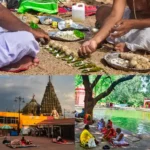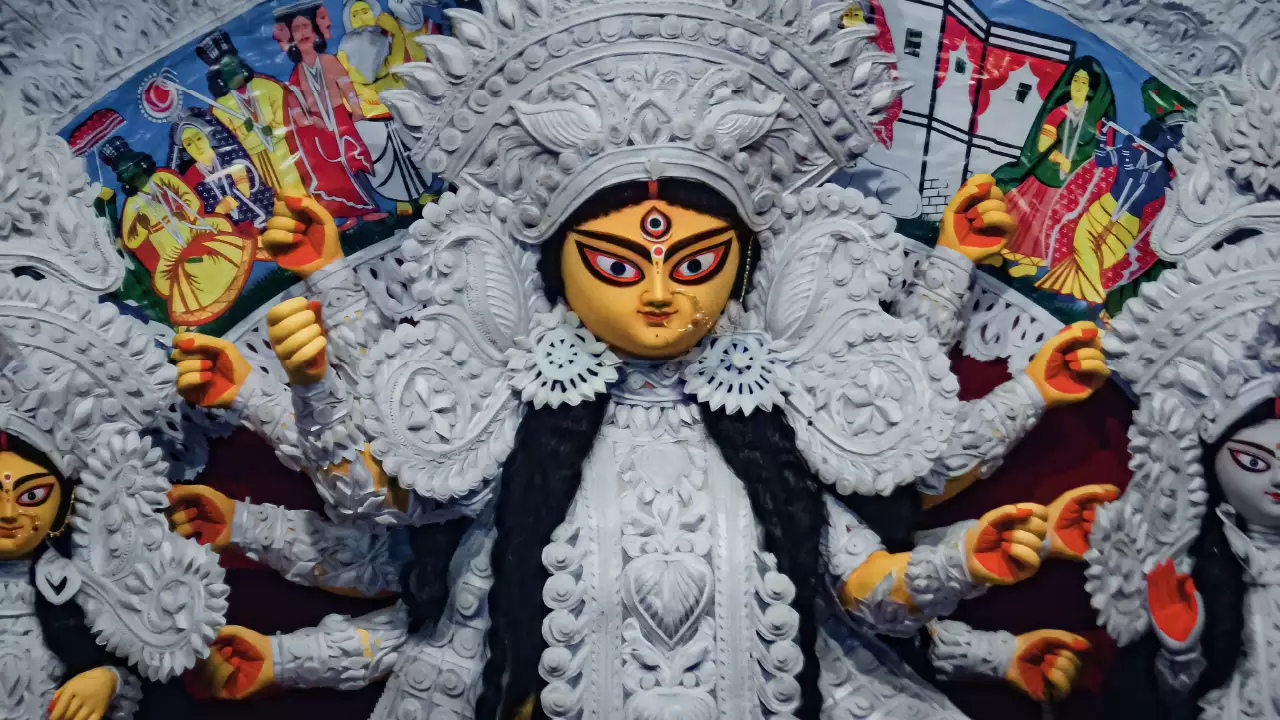Akkamahadevi:
- The Lingayat Saint: A pivotal figure in the Bhakti movement in South India, Akkamahadevi was a staunch devotee of Lord Shiva. Her vachanas (poetic verses) are profound expressions of her spiritual journey, emphasizing personal connection with the divine over ritualistic practices.

- A Life of Renunciation: Rejecting societal norms, Akkamahadevi chose a life of asceticism, wandering in search of spiritual truth and advocating for women’s spiritual and social freedom.
Sant Soyarabai:
- Maharashtrian Mystic: A prominent figure in the Bhakti tradition of Maharashtra, Soyarabai’s abhanga devotional songs highlight her deep spiritual insights and her challenges as a lower-caste woman in a patriarchal society.
- Voice of the Marginalized: Through her writings, Soyarabai not only expressed her devotion but also critiqued the societal hierarchies and caste discrimination of her time.
Kabir’s Disciple: Loi:
- The Devoted Disciple: Loi was a close disciple of the renowned saint Kabir. Her hymns, often overshadowed by Kabir’s, resonate with a deep understanding of the spiritual path and the challenges faced by women seekers.
- Legacy: Though lesser-known, Loi’s compositions are celebrated for their depth, simplicity, and profound understanding of the spiritual journey.
In the stories of these women saints and mystics, we find a recurring theme of unwavering devotion, resilience in the face of adversity, and a deep yearning for union with the divine.
Their lives and teachings serve as a reminder that the path to spiritual realization is open to all, irrespective of gender, caste, or societal status.
The Role of Women in Sikhism
Sikhism, founded by Guru Nanak in the 15th century, stands as a beacon of equality, emphasizing the inherent worth and dignity of every individual. From its very inception, Sikhism has championed the rights and roles of women, placing them on an equal footing with men in spiritual, social, and political spheres.
Foundational Principles:
- Equality in Creation: Guru Nanak, in his hymns, emphasized that both men and women are created by the same Divine and hence are equal. He famously stated, “From woman, man is born; within woman, man is conceived; to a woman he is engaged and married. So why call her bad? From her, kings are born.”

- Rejection of Sati and Pardah: Sikhism strongly opposed prevalent practices like Sati (self-immolation of widows) and Pardah (veiling). Sikh women were encouraged to participate in all public activities without the need for veiling.
Participation in Religious Activities:
- Leading Prayers: In Sikhism, women can lead religious congregations, sing hymns, and participate in all religious, cultural, and social activities of the Gurdwara (Sikh temple).
- Amrit Sanchar: Women are also allowed to administer Amrit (the holy nectar) during the baptism ceremony, emphasizing their equal role in spiritual leadership.
Women in Sikh History:
- Mata Khivi: Renowned for her compassion, Mata Khivi played a pivotal role in establishing the Langar system – a community kitchen that serves free meals to all, irrespective of caste, creed, or gender.

- Mai Bhago: A symbol of valour, Mai Bhago led Sikh soldiers against the Mughals in the early 18th century. Her leadership and bravery are celebrated in Sikh history and folklore.
Modern Sikh Women:
- Leadership Roles: Today, Sikh women continue to take on leadership roles, not just within religious settings but also in social, political, and economic arenas. They serve as heads of institutions, lead community initiatives, and represent Sikhism on global platforms.
- Challenges and Reforms: While Sikhism advocates for gender equality, cultural practices sometimes diverge from these principles. Modern Sikh women, drawing inspiration from their rich history, are at the forefront of reforms, ensuring that the community stays true to its foundational beliefs.
In conclusion, the role of women in Sikhism is not just that of followers but leaders, visionaries, and torchbearers of the faith. Their contributions, both historical and contemporary, enrich the Sikh community, making it a vibrant and inclusive spiritual path.
Women in Jainism and Buddhism
Both Jainism and Buddhism, ancient religions that originated in India, have recognized and incorporated the spiritual capacities of women. While they have provided avenues for women’s spiritual growth, they have also grappled with societal norms and cultural contexts that influenced their practices and doctrines.
Jainism:
Nuns and Ascetics:
- Prominent Role: Women have played a significant role in the Jain monastic community. Jain nuns, known as ‘Aryikas’, often outnumber monks and are renowned for their scholarship, ascetic practices, and contributions to Jain literature.
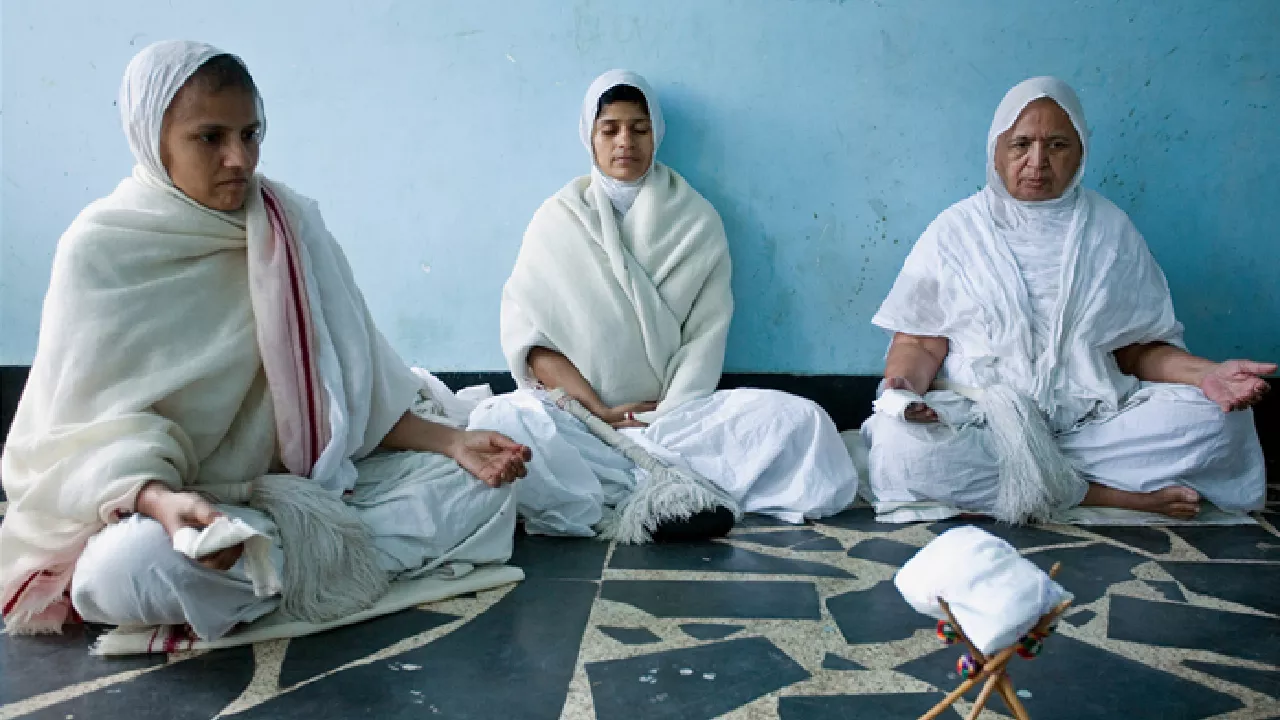
- Spiritual Leaders: Historical figures like Chandanbala and contemporary leaders like Sadhvi Kanakprabha have been instrumental in guiding the Jain community, emphasizing the importance of non-violence, compassion, and self-discipline.
Laywomen and Rituals:
- Active Participation: Jain laywomen actively participate in religious rituals, festivals, and fasting. Their involvement is crucial in upholding Jain values within families and communities.
- Paryushana: During this significant Jain festival, both laymen and laywomen engage in intensive fasting, meditation, and scriptural study, reflecting their commitment to spiritual growth.
Challenges and Reforms:
- Historical Restrictions: Ancient Jain scriptures placed certain restrictions on nuns, often influenced by societal norms. However, the core Jain principle of equality of souls has led to debates and reforms over time.

- Modern Perspectives: Contemporary Jain women, balancing tradition with modernity, engage in discussions about gender equality, leadership roles, and the reinterpretation of ancient texts.
Buddhism:
The Bhikkhuni Sangha:
- Establishment: Recognizing the spiritual capacities of women, Buddha established the Bhikkhuni Sangha, the order of Buddhist nuns, after requests from his stepmother, Mahapajapati Gotami.

- Prominent Nuns: Throughout history, Buddhist nuns like Dhammadinna and Khema were renowned for their wisdom, with many of them being declared foremost in specific qualities by the Buddha himself.
Laywomen and Devotion:
- Supporting the Sangha: Buddhist laywomen have been pivotal in supporting the monastic community, offering alms, and maintaining monasteries.
- Sutta Study: Laywomen, like Visakha and Sumana, have been active participants in religious discussions, with many suttas (discourses) addressing their queries and concerns.
Challenges and Revival:
- Decline of the Bhikkhuni Sangha: Over time, the order of Buddhist nuns saw a decline, especially in Theravada countries. However, recent decades have witnessed revival efforts, with ordinations being held and monastic training being offered.

- Contemporary Voices: Modern Buddhist women, from scholars to practitioners, are redefining their roles, advocating for gender equality, and contributing to global Buddhist dialogues.
In essence, women in Jainism and Buddhism have navigated the intricate balance between tradition and transformation, making significant contributions to their respective religions. Their journeys, marked by devotion, wisdom, and resilience, enrich the tapestry of Indian spirituality.
Modern Spiritual Leaders
The contemporary spiritual landscape of India is dotted with influential female figures who, drawing from ancient traditions, address modern challenges and cater to the spiritual needs of a global audience. Their teachings, often a blend of traditional wisdom and modern insights, resonate with millions, transcending borders and cultural barriers.
Mata Amritanandamayi (Amma):
- The Hugging Saint: Fondly known as ‘Amma’ or ‘Mother’, Mata Amritanandamayi is renowned for her simple act of embracing people, which has earned her the moniker ‘The Hugging Saint’. Her hugs are not just gestures of affection but are believed to confer healing, comfort, and spiritual energy.
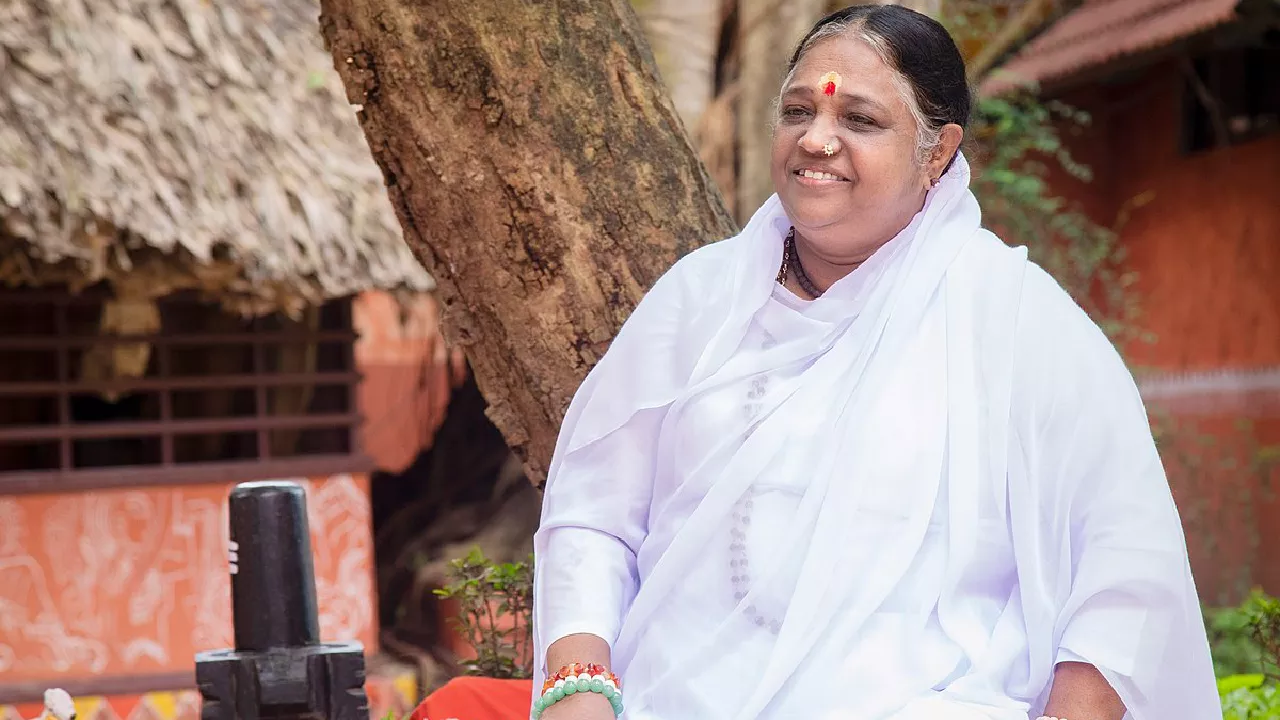
- Humanitarian Efforts: Beyond her spiritual teachings, Amma’s organization undertakes numerous humanitarian projects, from building homes for the needy to providing scholarships for students and supporting disaster relief efforts.
Anandamayi Ma:
- An embodiment of Bliss: Anandamayi Ma, which translates to ‘Blissful Mother’, was revered as a self-realized saint. Her teachings were not based on bookish knowledge but stemmed from her own spiritual experiences.

- Legacy: Her ashrams, spread across India, continue to draw seekers from around the world. Her teachings emphasized the importance of inner purity and self-realization.
Dadi Janki:
- Brahma Kumaris: As the chief administrative head of the Brahma Kumaris, a global spiritual organization, Dadi Janki played a pivotal role in spreading its teachings of peace, meditation, and universal love.

- Advocate for Peace: Dadi Janki represented the Brahma Kumaris at the United Nations and other international platforms, advocating for world peace, women’s rights, and spiritual awakening.
Vandana Shiva:
- Eco-Feminism and Spirituality: Dr. Vandana Shiva, while primarily known as an environmental activist, integrates spiritual principles with ecological concerns. She emphasizes the sacredness of nature and the spiritual responsibility to protect it.

- Global Voice: Through her books, lectures, and activism, she highlights the interconnectedness of spirituality, ecology, and women’s rights, making her a prominent voice on the global stage.
Gauri Ma:
- Ramakrishna Sarada Mission: A direct disciple of Sri Ramakrishna, Gauri Ma played a crucial role in establishing the Ramakrishna Sarada Mission, focusing on the spiritual and educational upliftment of women.

- Legacy: Her efforts laid the foundation for numerous educational institutions and ashrams that continue to empower and educate women in the light of Vedantic teachings.
In the lives and teachings of these modern spiritual leaders, we witness the timeless wisdom of Indian spirituality being channelled to address contemporary challenges. Their influence, spanning continents, serves as a testament to the universal appeal and relevance of their messages.











